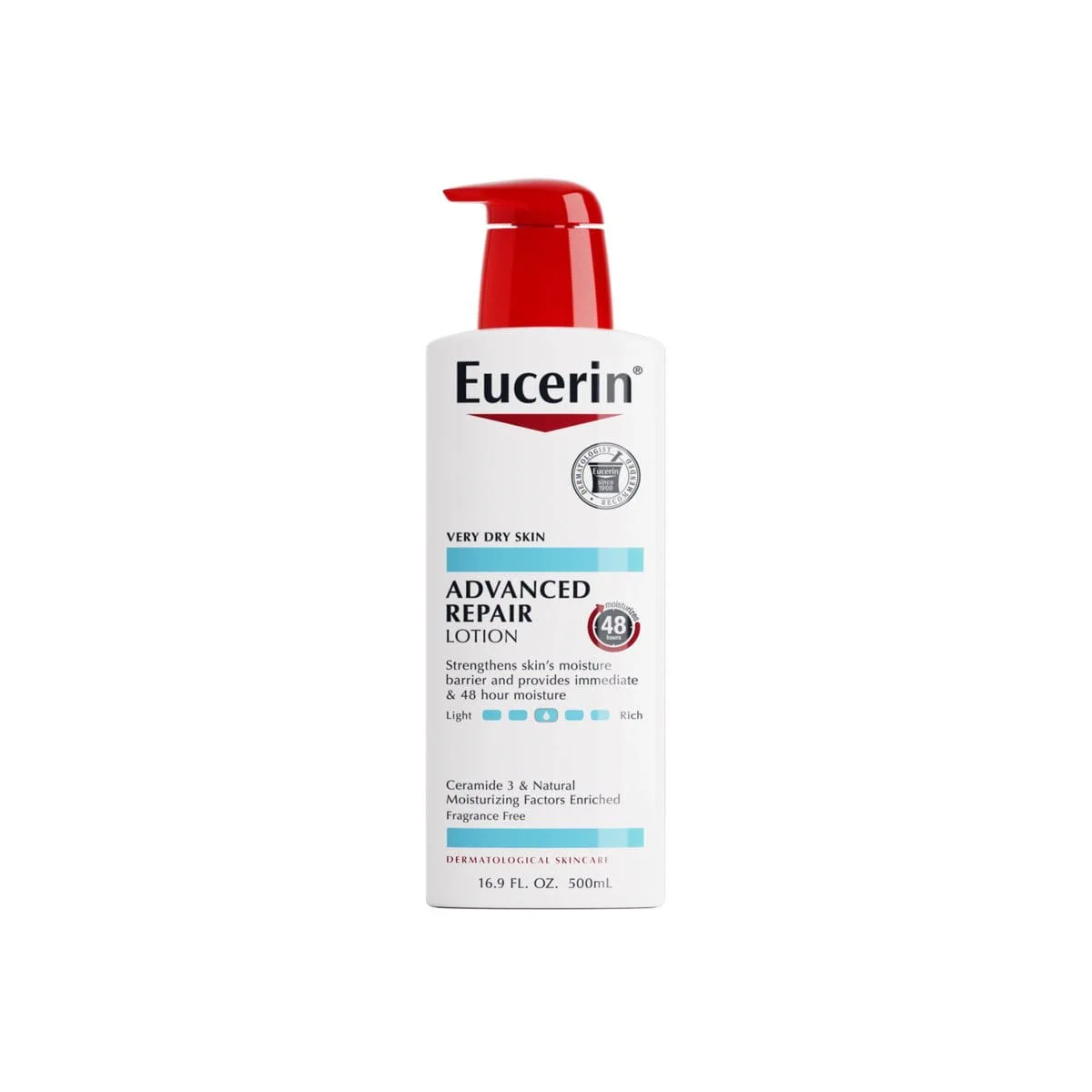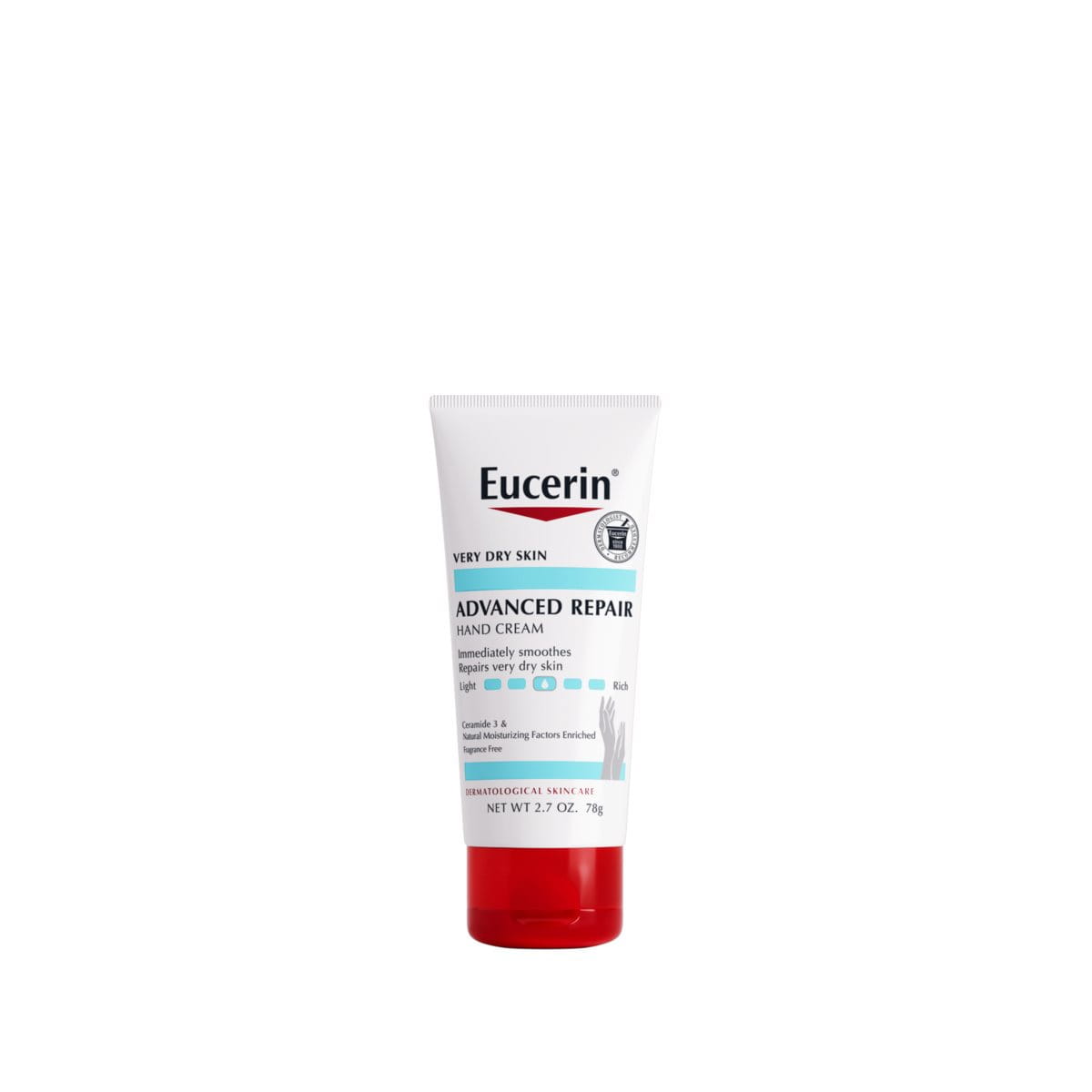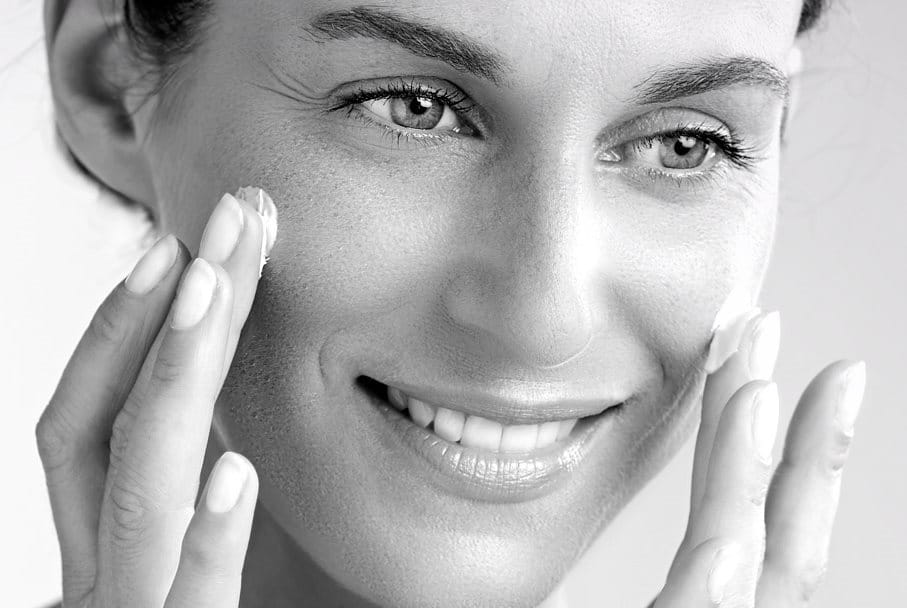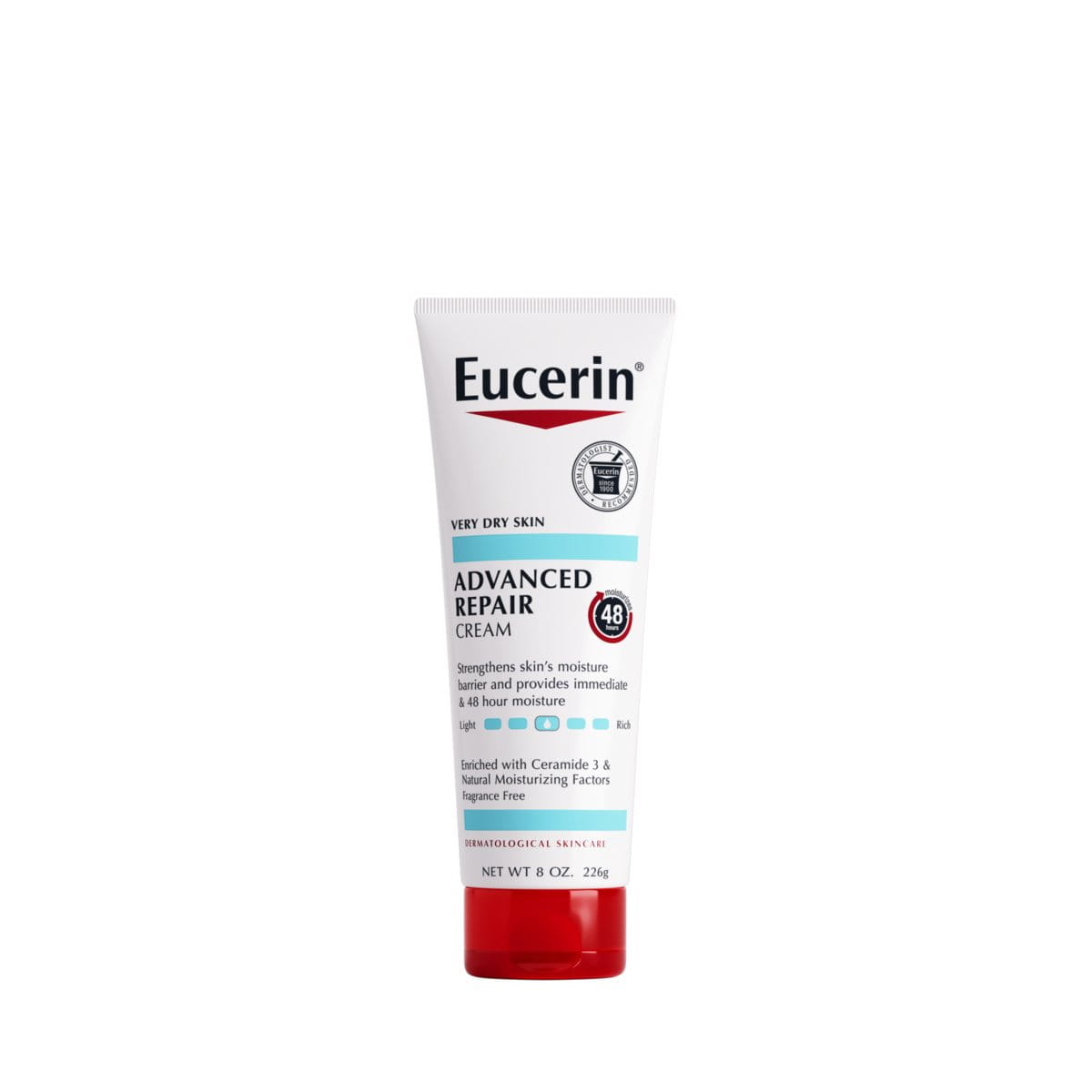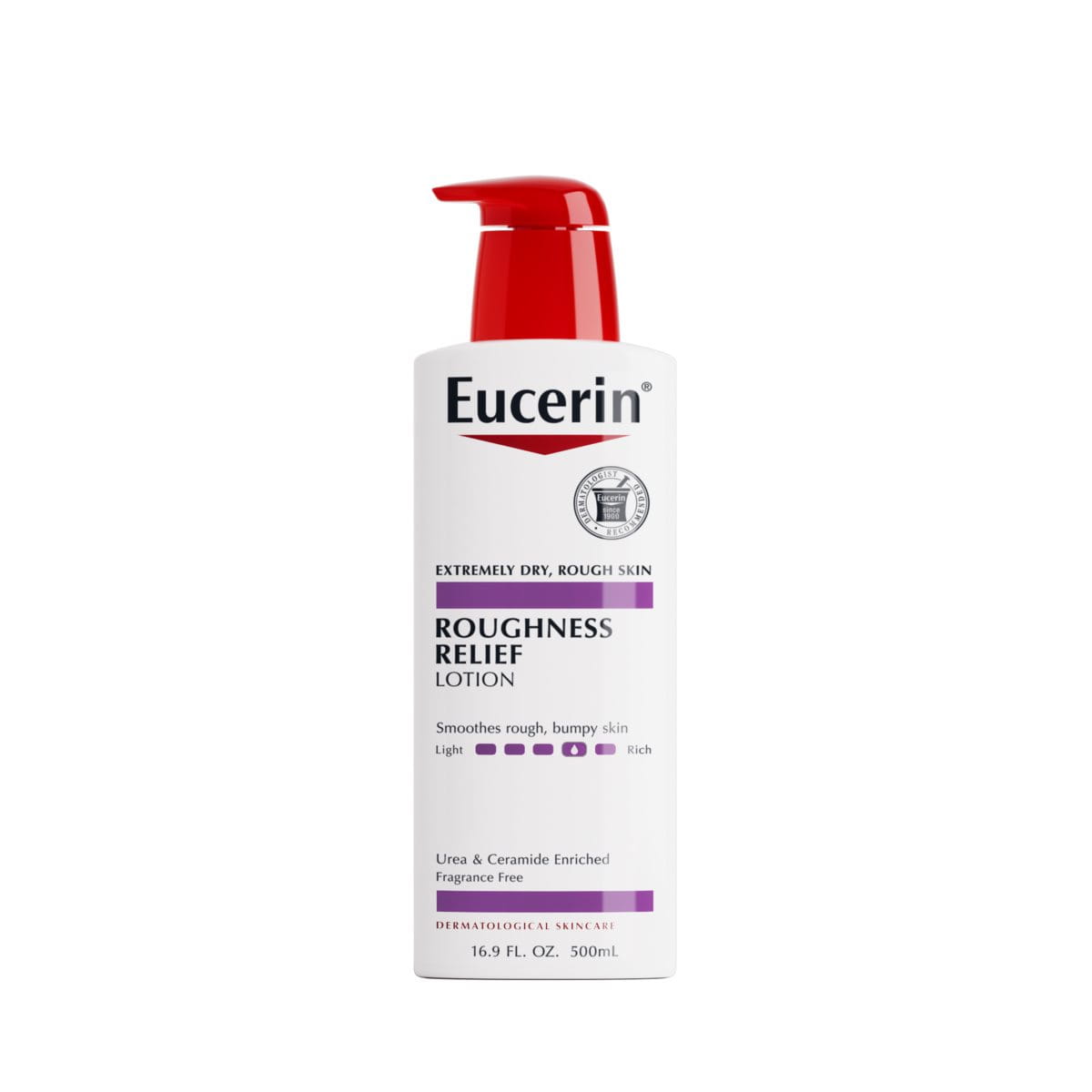Do you suffer from dry skin rashes and itchy or flaky skin? If so, you may have dry skin. But what is dry skin, and what can you do to treat it? In this article, we will explore what causes dry skin, its symptoms, and how to treat and prevent dry skin.
What is dry skin?
As a very common skin condition, dry skin affects millions of people. It appears when the skin loses its natural oils, leaving it feeling itchy and irritated, and tight. Various factors, including weather conditions, lifestyle choices, and genetics, can force dry skin. Fortunately, several effective treatments are available to relieve signs of dry skin and revive skin´s moisture – whether it is on your facial skin or body.
Dry skin: symptoms
Dry skin can present itself in numerous ways, and the signs can differ from person to person. Here are some typical symptoms of dry skin:
- Flakiness
- Roughness
- Dull appearance
- Itching
- Scaly or rough patches on the skin
- Tightness
More severe dry skin can feel itchy, tight, scaly and sore. Learn more about how to identify very dry skin and how to treat it.
What causes dry skin?
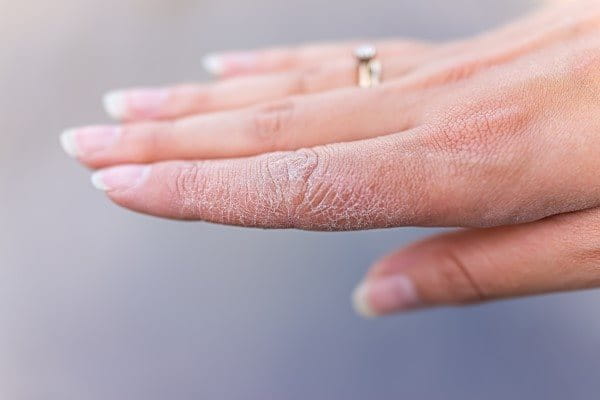
The skin acts as a protective barrier. However, this also means that it is constantly exposed to both external and internal factors, which can cause dry skin. When an individual experiences multiple factors that cause dry skin, the severity of the condition may increase. It is possible for one person to be impacted by more than just one of these factors simultaneously.
The skin can naturally bind water through hygroscopic substances called Natural Moisturizing Factors (NMF). However, when the skin lacks these substances, it loses its ability to retain moisture.
Moisture loss begins with the depletion of surface lipids, which act as a protective barrier against water evaporation. As a result, the skin becomes more susceptible to moisture loss, leading to dryness. With prolonged moisturizing depletion, all layers of the skin's outermost layer can become dehydrated. Dry skin can be caused by several aspects, such as:
Environmental factors
Underlying health conditions
In some cases, dry skin can imply an underlying health condition. Certain medical conditions such as eczema and psoriasis can cause dry skin as a symptom. Diabetes can also provoke dry patches on the skin due to high blood sugar levels.
People who take specific medications or undergo medical treatments such as dialysis, chemotherapy, or radiant therapy may also experience dry skin as a side effect. It is essential to speak with a healthcare professional if you suspect that an underlying health condition may be causing your dry skin.
Aging
As we age, our skin loses its elasticity and becomes thinner and more fragile. The loss of elasticity can cause the skin to become parched more quickly. Additionally, as we age, our skin produces less oil, which can contribute to dryness, and ultimately to dry spots on the skin.
Skincare
Hot showers or baths, harsh soaps or cleansers, and exposure to chemicals such as chlorine or detergents can also contribute to dry skin. Another cause can be an incorrect skincare routine. Make sure you are using the right products for your specific skin type. Try not to use soap cleansers with alkaline pH since they will strip away natural skin lipids. Overexposure to the sun can also cause the skin to become dry.
Nutrition
Like any other organ, the skin requires various essential nutrients to function properly. These include unsaturated fatty acids and vitamins. A deficiency in these nutrients can contribute to dry skin. Also, the body´s water balance plays a crucial role in maintaining skin hydration. When dehydration occurs, it can further strip already dry skin of its moisture. To promote healthy skin, it is vital to consume at least 1.5 liters of fluids daily.
Treatment for dry skin

Dry skin needs daily skincare to prevent further damage to the skin barrier and to replace the missing natural moisturizing factors. Dry to very dry skin requires tailored care based on its severity. This is what a typical skincare routine could look like:
- Cleansing: Dry body skin can result from a disturbance of the skin´s lipid barrier on its surface. As a result, it is important to limit bathing time, use warm, not hot, water, and use gentle, soap-free cleansers that won´t strip the skin´s own lipids.
- Moisturizing: Formulas enriched with Natural moisturizing factors like urea or glycerin can bind moisture in the uppermost layer of your skin called the stratum corneum. Even if your skin is only slightly dry, it is recommended to use products with a minimum of 5% urea. By replenishing urea and other moisture-binding factors in your skin, these lotions can improve skin hydration in the stratum corneum. Ceramides enriched products can also help support your skin’s moisture barrier, ensuring that moisture stays in your skin.
- Sun protection: It is recommended to reduce exposure to the sun´s rays when spending time outdoors by wearing protective clothing and regularly using sunscreen. A sunscreen for dry skin should contain high-quality UV filters, as well as special moisturizing factors. It should be a broad-spectrum sunscreen with SPF value of at least 15, and it should be free of irritating color or fragrance substances, since dry skin is easily irritated.
How to prevent dry skin
To prevent dry skin, it is important to follow a few simple steps, e.g.:
- Avoid using products that contain harsh chemicals or irritants that can further damage the skin.
- Protect your skin from harsh drying weather conditions by wearing appropriate clothing, such as hats and gloves in the winter or lightweight, breathable fabrics in the summer.
- Moisturize regularly with lotion or cream that contains hydrating ingredients such as urea, glycerin, or hyaluronic acid.
- Stay hydrated by drinking plenty of water and eating healthy foods.
- Avoid taking long, hot showers or baths which strip the skin of its natural oils.
To help prevent symptoms, follow a suitable skincare routine every morning and evening.
Our brand values

We deliver a holistic approach to help keep your skin healthy-looking and radiant.

For over 100 years, we have dedicated ourselves to researching and innovating in the field of skin science. We believe in creating active ingredients and soothing formulas with high tolerability that work to help you live your life better each day.

We work together with leading dermatologist and pharmacist partners around the world to create innovative and effective skincare products they can trust and recommend.

